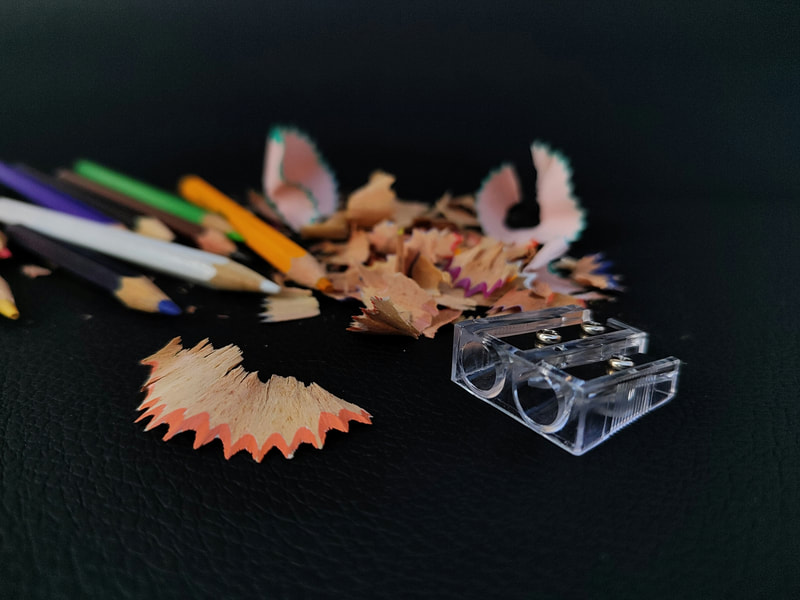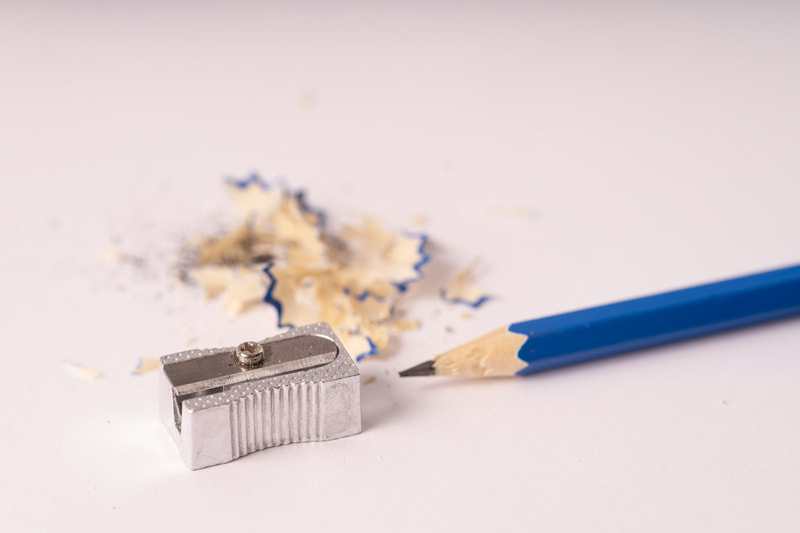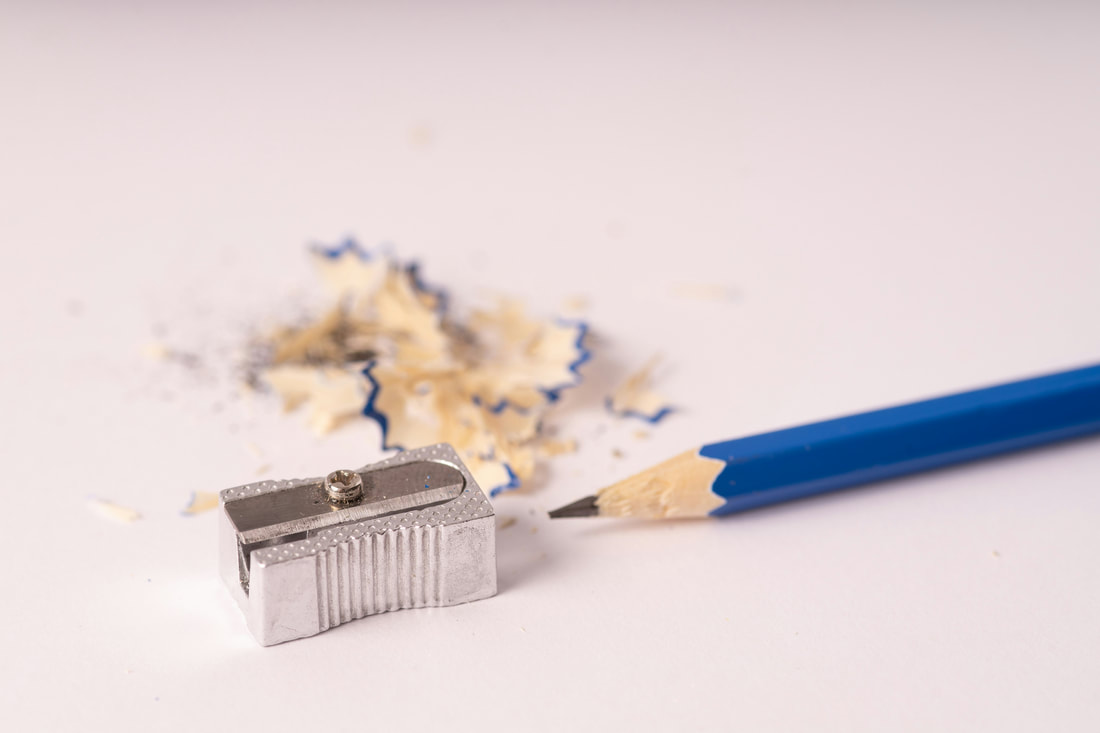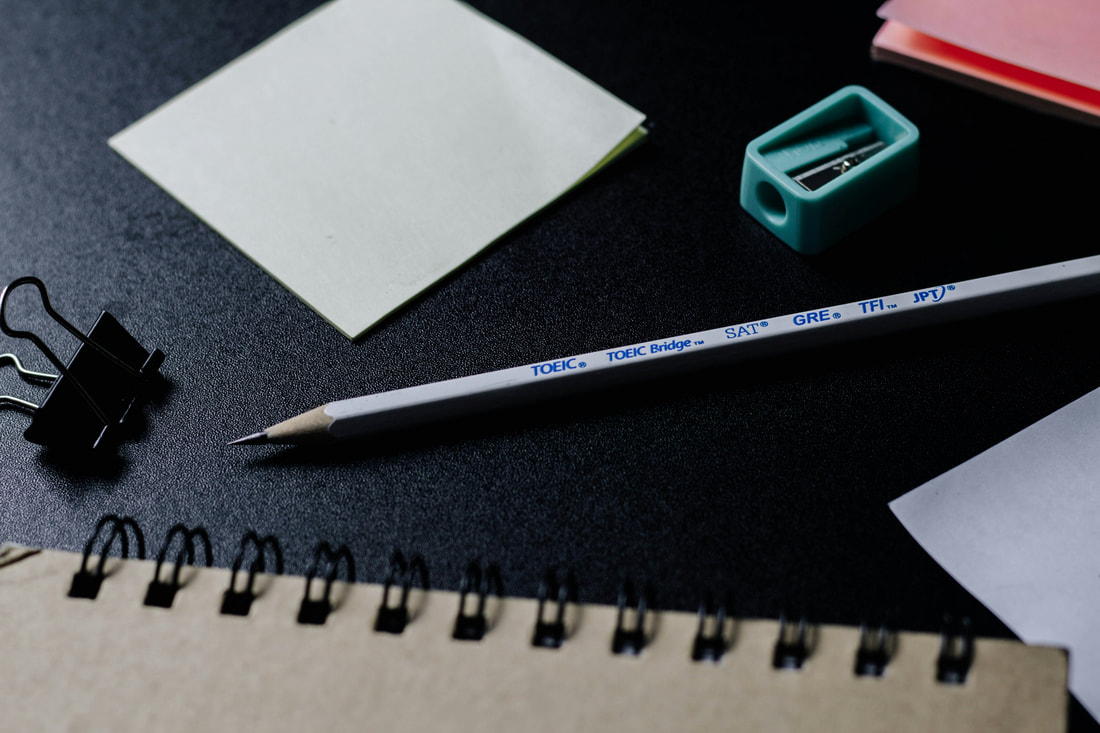A pencil sharpener is a device used to shave away the wood and expose the graphite or colored core of a pencil, making it sharp enough for writing or drawing.
|
🧩 Types of Pencil Sharpeners1. Manual Sharpeners
⚙️ Mechanism / How They WorkBlade-Based Sharpeners
|
What They Can Sharpen
🔧 Maintenance Tips
🎨 For ArtistsArtists may prefer:
|
|
🧠 Design & Engineering Concepts1. Blade Geometry
|
|
♻️ Environmental Impact1. Waste from Sharpening
🧒 Child-Specific Sharpener Features
|



